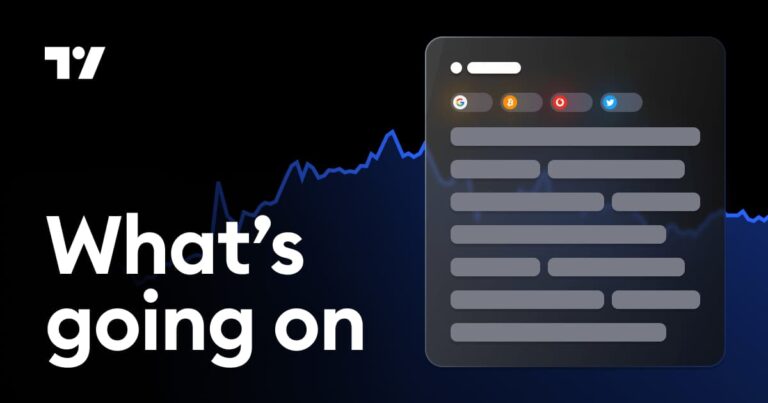The world’s most important market is worryingly unbalanced. Last week, shares of technology companies that feature in the S&P 500 Index SPX fell a collective 1.6%. That might seem a small tremor, if not for the fact that the seven largest of them account for roughly a third of the broader benchmark’s value. With mom-and-pop investors and sophisticated creditors increasingly exposed, the fortunes of the many will fall ever more on the shoulders of the few.
As of mid-August, the so-called Magnificent Seven—Apple AAPL, Microsoft
MSFT, Nvidia
NVDA, Amazon.com

META, Alphabet
GOOG, and Tesla
TSLA — made up about 34% of the S&P 500’s value, a new record. Add Broadcom
AVGO, Berkshire Hathaway
BRK.A, and JPMorgan Chase
JPM, and that figure nears 40%. During the heady dot-com era, the largest 10 companies claimed a peak share of only 23%. The standard, blue-chip index for gaining exposure to broad U.S. corporate strength is becoming a concentrated bet on artificial intelligence.
Meanwhile, household wealth is more tied to this top-heavy market than ever. Equities represent about 43% of Americans’ assets, the largest share on record, according to Federal Reserve data. Retail investors now account for roughly 18% of equity trading volume, nearly double the level a decade ago, according to JPMorgan Chase. Most of these flows funnel into index funds, among which S&P 500 trackers are the most popular.
Derivatives magnify those ties. Average daily trading for S&P 500 index options is around 3.7 million contracts per day, according to exchange operator CBOE Global Markets. Since each contract represents 100-times the index level, the total daily notional value is about $2.4 trillion, well above the value of individual company stocks traded. This immense leverage amplifies market movements by creating larger swings in the underlying index from relatively small options moves.
Ordinary day-traders aren’t the only ones snared in Big Tech’s relentless rise. Credit investors are also tied to what happens on the West coast: Microsoft, Amazon and Meta raised over $60 billion in investment-grade debt over the past year to fund AI projects, becoming the largest weights in corporate bond indices. These markets are just as responsive to bad news as their equity counterparts. Following Washington’s tariff announcements in April, the premium investors demanded to hold Big Tech debt over U.S. government bonds rose alongside falling share prices. An AI slowdown could easily translate into substantial debt-market stress.
Of course, today’s titans are no dot-com pretenders. They are cash-rich and highly profitable, the very strengths that vaulted them into global portfolios and Americans’ savings in the first place. The risk is not that they collapse. It is that even minor setbacks now threaten enormous consequences.

Follow Sebastian Pellejero on LinkedIn.
CONTEXT NEWS
A sell-off in the stocks of large U.S. technology companies has pressured the benchmark S&P 500 Index. For the week of August 17, index constituents in the technology sector fell 1.6%, even after comments from Federal Reserve Chairman Jerome Powell suggesting potential rate cuts prompted a broader rally on August 22.
